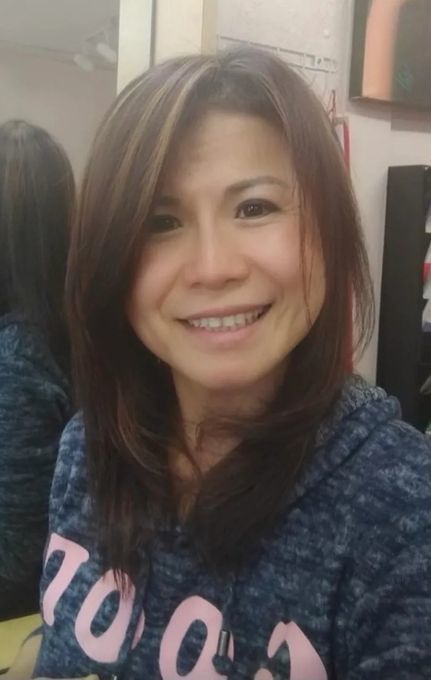The Ashiatsu Process

It's not for everyone to experience Ashiatsu massage because of the additional weight and stress placed on the human body with that deep tissue foot massage technique. Women who're pregnant or attempting to conceive ought not to try this therapeutic treatment. This treatment shouldn't be attempted by people with diabetes, high blood pressure or impaired immune function. chronic kidney or liver problems and those who are taking antibiotics, blood thinners (anticoagulants), or are taking medicines that could have triggered symptoms. Ashiatsu should be avoided by people suffering from arthritis, tendonitis and bursitis as well as cysts and other ailments that aren't responding to conventional treatment. This isn't because these conditions indicate that there's a continuing threat, but rather because the treatment causes excessive stress on the body, which can cause further aggravation of existing ailments.
The Ashiatsu session begins with masseuse working on patient's spine, then moving on to the limbs and other parts of the body. While the patient is laying on the table, the masseuse will begin by applying gentle, long strokes across the back. Depending on the severity of the trauma or pain, the masseuse could decide to concentrate on specific areas such as the feet or neck.
The Ashiatsu foot pressure point treatment utilizes pressure from the heel to cause it to roll back toward the feet. This motion is designed to relieve pressure on nerves near and under the heel. The practitioner then applies additional pressure to the pressure point at the opposite side. This combination of rolling and pressing on the heels can cause enough pressure to ease the nerve and allow the patient to be able to move freely afterward. As an added benefit it is that the Ashiatsu practitioner can also utilize the rolling movement to gently stretch out tight calves and hamstrings.
Shiatsu, an Japanese massage technique, is an ancestor of Ashiatsu. 출장마사지 However it uses different pressure points to the Japanese version. To master the Ashiatsu massage technique there are three main strokes. These strokes are upward, downward strokes, and circular motions. Each of these strokes have their specific purpose and role in the therapy session, and can be employed to treat various conditions.
In order to relax and reduce tension upward strokes are typically the first part of Ashiatsu. It is used to loosen up the rib cage which is the main area where pain is often concentrated. The pain will lessen when tension is reduced. Although the downward strokes are similar but they can affect different ways the Ashiatsu practitioner treats the patient. This stroke could cause patients to feel less comfortable than they actually feel.

One of the main objectives of the circular motion Ashiatsu is to stretch the muscles. This makes the muscle fibers more flexible and alleviate any tension. If the muscle isn't stretched out enough, it could be tense, which can cause more discomfort. It is crucial for a massage therapist to know the right pressure to apply to the patient. The greater the pressure applied to the muscle is, the more it will pull on the tissue, causing more pain.
The therapist is able to apply enough pressure to the muscle to draw it out of the bone and into its abdominal cavity. This increases circulation by bringing the muscles closer together. This increases blood flow, which transports oxygen and nutrients to all areas of the body. Ashiatsu is a condition that can be alleviated through increased circulation.
If the Ashiatsu procedure is done correctly the pressure applied will not be felt by the patient. If the practitioner applies too much pressure and does not release it, they may pull the muscles tissues into the bone where they are placed below the muscle. This is known as "pulling the bones". It is extremely painful and may even lead to a fractured bone if the force is too much.
